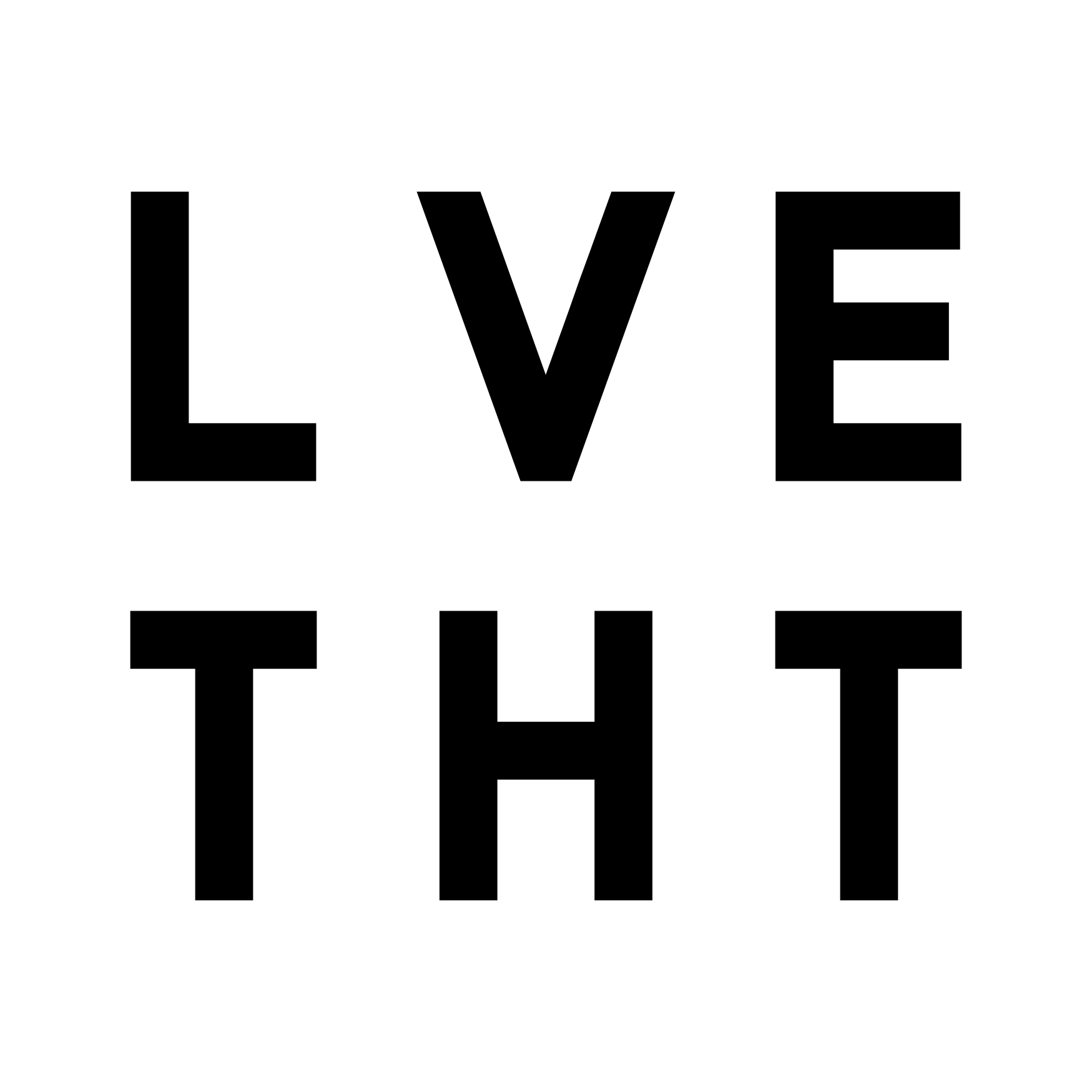WHICH SOCIAL MEDIA PLATFORM IS BEST FOR YOUR BUSINESS?
- LVE THT

- Apr 27, 2022
- 4 min read

Social media is everywhere nowadays, and as a result it’s become an essential part of business. No matter who your target audience is, integrating social media into your marketing strategy is a non-negotiable. However, with so many different apps out there we can fully understand how overwhelming getting started may feel. We want to help by shedding some light on four of the biggest social media platforms – Instagram, Twitter, LinkedIn, and Facebook – to help you get the ball rolling.
THE DIFFERENT PLATFORMS
As we’ve noted, there are countless social media platforms in use every day, and while we’d love to delve into the details of each and every one of them, it’s just not possible to do so in a blog post. So, we’re going to focus on four of the big ones instead.
Instagram, the photo and video sharing app, sees 500 million daily users active on its app and is often integral to companies’ social media marketing campaigns. Over 200 million users are active on the microblogging platform, Twitter, day-in, day-out, sharing their musings on everything from personal events through to breaking news. LinkedIn, the professional networking site, is the social media platform for professional networking, with well over 300 million daily active users. Facebook is one of the oldest mainstream social media platforms, and is still one of the most popular today with a mind-boggling almost two billion users each and every day.

PROS AND CONS
The saying goes, ‘a picture is worth a thousand words’, so it makes sense that Instagram is a fantastic tool for conveying your company message and mission. As well, it’s a mobile-specific app, which means that users are active on the app at all hours of the day. However, it’s a platform that requires a lot of organic growth to gain traction, and there isn’t a lot of room to expand into thoughts or considerations that go beyond a photo or video.
With Twitter, you can reach a global audience and communicate your brand message quickly and efficiently. As well, it’s a great platform for opening up conversations on given topics. Although, due to the character limit it can sometimes be difficult to get into nuanced discussions that require more space, and due to the time-sensitive nature of tweets, you can run the risk of posting an irrelevant update.
LinkedIn was literally built for business, and offers the ability to shed light on particular sectors and industries, offer niche expertise, and gain meaningful connections with people that align with your company. But, just as with any platform, there are drawbacks – a lot of time is required to upkeep a LinkedIn business account, and you run the risk of receiving a large number of spam messages.
Facebook is a great tool for gaining brand exposure due to the easy-to-use tagging feature, results are easy to track to ensure you’re working towards your goals, and there tends to be a snowball effect of interactions on the platform. On the other hand, it can be hard to engage fully with users, and your business page is subject to Facebook’s rules and close monitoring, removing a lot of the control you may have otherwise had over it.
TYPICAL DEMOGRAPHICS
Knowing who is most typically using a social media platform is vital to knowing if it’s the right platform for your business. We’re going to break down some key demographics, such asage, gender*, and location for each of the previously mentioned platforms.
18–34-year-olds tend to be the most active on Instagram, making it popular with Millennial and Gen Z users. In terms of the app’s gender split, it’s almost an exact 50/50 split between men and women. Instagram’s most popular locations tend to be India, the States, Brazil, Indonesia, and Russia, making it an incredibly far-reaching app.
Twitter gained its popularity as Millennials were growing up, so it makes sense that the vast majority of its users are less than 50-years-old. In contrast to Instagram, the gender split of Twitter users globally is male-dominant, with a 2:1 ratio. The app has the greatest reach in the States, Japan, and the UK.
With it being a professional networking platform, it’s not surprising that LinkedIn’s main audience is 26–55 years-old and that the gender split is fairly even; these middling years of life are crucial to building a professional network of contacts. And, as work is universal, the platform’s audience is incredibly widespread.
Facebook emerged in the early noughties, and was popular with teens and young adults of the time. Now, nearly twenty years on, it’s the same groups that still use the platform – the most common age group for its users is 35–44, with a relatively even split of men and women across accounts. Asia-Pacific is the region with the most daily active users, by a long way.
*Unfortunately, due to the data collected, our look at gender is traditionally binary in this instance. However, we would like to note that with an acceptance of gender fluidity and non-binary identities, these points should be read with due consideration.
BEST PERFORMING TYPES OF CONTENT
With algorithms constantly changing, it can be tricky to get your content strategy right. However, there are some overarching trends that seem to live beyond each algorithm cycle, to give some insight into what content tends to perform best on each platform.
For Instagram, carousel posts have been shown to out-perform single pictures or videos due to their storytelling nature and the diversity of visuals. Tweets with images attached are significantly more popular than those with videos attached, yet text-only tweets are more popular still. Long-form content – such as blog posts – is a top performer on LinkedIn, consistently receiving more hits than short-form captions. And with Facebook, personable and organically created content – anything from a funny quip through to an inspirational story – tends to perform best.
There’s no right or wrong when it comes to utilising social media for your business – it’s all down to what works best for you and your company. Key considerations to bear in mind when deciding upon which platform(s) to focus your efforts on, are who your target audience is and what kind of content aligns with your brand message. Once you have these points nailed down, the best path for your business should become clear.
If you’re looking for help with your company’s social media campaigns, we’d love to hear from you! Follow this link to start a conversation today.





Great information!!! Thanks for your wonderful informative blog.Village Talkies a top quality professional <a href="https://www.villagetalkies.com/"> Corporate Video Production Company in Bangalore </a> and also <a href="https://www.villagetalkies.com/explainer-video/"> best explainer video company in Bangalore </a> & 3d, 2d <a href="https://www.villagetalkies.com/animation-video-makers/"> animation video makers in Bangalore </a>, Chennai, India & Maryland, Baltimore, provides Corporate & Brand films, Promotional, <a href="https://www.villagetalkies.com/marketing-videos/"> Marketing videos </a> & <a href="https://www.villagetalkies.com/training-videos/"> Training videos </a >, <a href="https://www.villagetalkies.com/product-service-demo-videos/"> Product demo videos </a> , Product video explainers, 2d, 3d Animation, Motion graphics, Whiteboard <a href="https://www.villagetalkies.com/employee-videos/"> Employee videos </a> and more for all start-ups, industries and corporate companies. From scripting to corporate, explainer & 3d,<a href="https://www.brandanimators.com/"> 2d animation video production </a>, our solutions are customized to your budget, timeline and to…
we offer unique event spaces, state-of-the-art Décor, and Catering Options, as well as experienced staff, to understand your expectations and provide the best option fitting all your needs. Eazyvenue is a one-click platform to book your venue and services. So we offer a range of wedding venues in thane for you to choose from.
Email promoting could be a powerful channel which may deliver immense profits if drained the correct approach. By exploitation multiple SMTP Relay for Email promoting, professionals will improve returns from their email activities and campaigns, reach prospects and leads and have interaction customers. With several Smtp server provider; high ROIs, increasing performance, lowering value and minimizing expensive mistakes by redundancy is ensured.